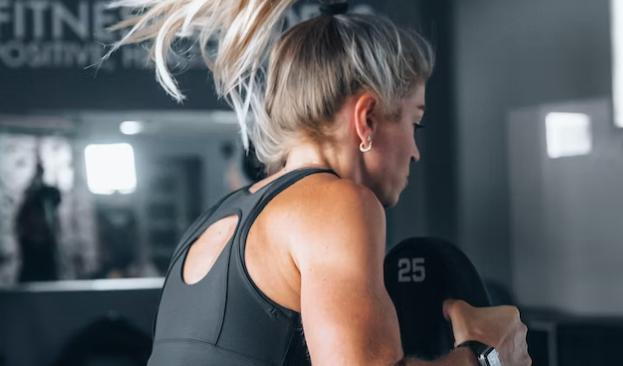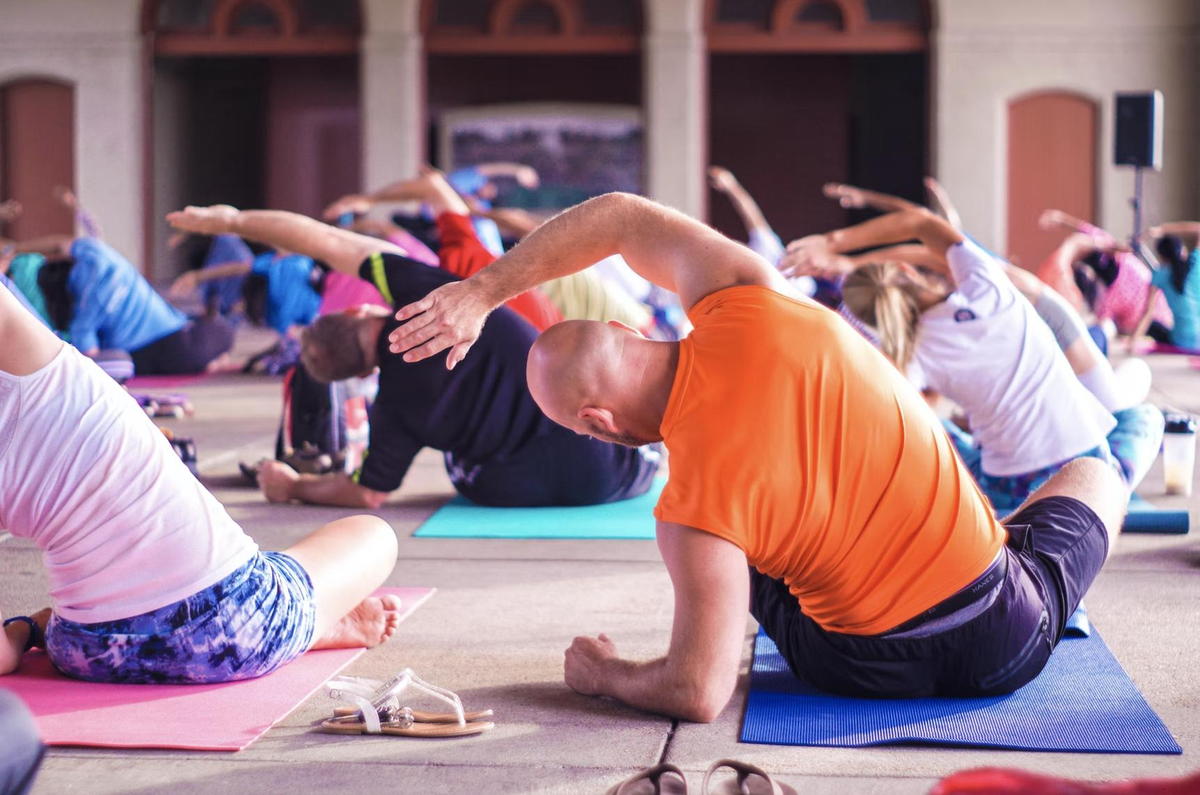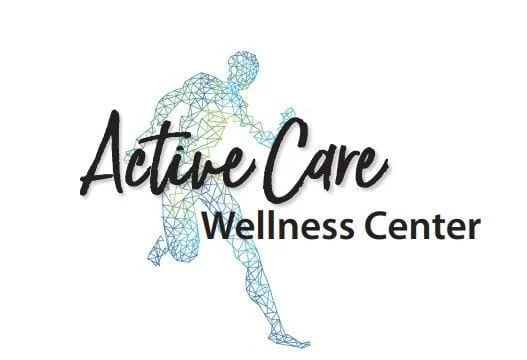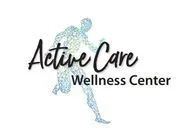
- posted: Feb. 17, 2023
Increasing Arm Strength to Prevent Injury
As an athlete who requires the ability to throw, whether it's baseball, softball, football or an elite snowball fight, having a strong and healthy arm is essential for performance and avoiding injury.
The repetitive nature of throwing motions puts significant stress on the arm and shoulder, making it crucial to incorporate specific exercises and training programs to build strength and stability. Furthermore, sports with other excessive arm movements, like tennis or pickleball, can cause athletes arm discomfort if not strengthened properly. In this article, we will explore the importance of arm strength in throwing sports, and the top exercises and tips for building a strong and resilient throwing arm.

Adequate Warm-Up: Before participating in any throwing activities, it is important to properly warm-up your arm and shoulder. This includes light cardio and dynamic stretching exercises that help to loosen up the muscles and increase blood flow to the area. Blood flow is essential for a proper warm up, especially in the cold Montana winters. A proper warm-up will also help to prevent injury and improve performance.
Cross-Training: Engaging in other physical activities, such as running, cycling, or weightlifting, can help to build overall strength and prevent overuse injuries. These activities will also help to reduce the stress placed on the arm during throwing, allowing it to recover more quickly and be ready for the next session. Montana is a paradise for outdoor cross-training, make sure to utilize it!
Proper Throwing Mechanics: Good throwing mechanics are key to avoiding injury and maximizing performance. This includes using the legs and trunk to generate power, keeping the elbow in line with the shoulder, and following through with the throw. Incorrect throwing mechanics can lead to a host of arm and shoulder injuries, including rotator cuff tears, labral tears, and elbow ligament sprains.
Rest and Recovery: Giving your arm sufficient rest and recovery time is essential for preventing injury. This includes taking regular breaks during throwing sessions, avoiding overuse of the arm, and taking time off from throwing if you are experiencing pain or discomfort. A properly structured recovery program can help to reduce the risk of injury and improve performance over the long term. Sounds like a great opportunity to curl up on the couch and binge-watch Yellowstone!

Strengthening Exercises: Incorporating strength training exercises into your routine can help to build the muscles in your arm and shoulder, which will in turn reduce the risk of injury and improve performance. Focus on exercises that target the rotator cuff, the shoulder blade, and the scapular stabilizers. Examples include shoulder external rotation exercises, shoulder blade squeeze exercises, and scapular wall slides.
Flexibility Training: Stretching and flexibility training are important components of a healthy throwing arm. This includes stretching the muscles in the arm, shoulder, and upper back, as well as working on mobility exercises for the shoulder blade and rotator cuff. This will help to improve range of motion and reduce the risk of injury.
Ice and Heat Therapy: The use of ice and heat therapy can be helpful in reducing inflammation and promoting recovery. Ice can be applied to the arm after throwing to reduce inflammation, while heat therapy can be used prior to throwing to help increase blood flow and loosen up tight muscles.
Avoid Overuse: Overuse injuries are a common problem in throwing sports, so it is important to avoid excessive throwing and take regular breaks. This includes avoiding playing year-round and taking time off from throwing when experiencing pain or discomfort.
There are a variety of ways to prevent arm injury and increase strength. Recovery is a much more complicated situation that requires direct attention and commitment to rehabilitation. Luckily, Active Care is here to help. We’ll get you back on the field in no time.
To start your recovery, book your first appointment at: https://www.activecaremt.com/contact
Locations
212 Main Street
Stevensville, MT 59870, US
Office Hours
Our Regular Schedule
Closed
Closed
7 AM
6 PM
8 AM
6 PM
7 AM
6 PM
8 AM
6 PM
Closed
Closed
Closed
Closed

